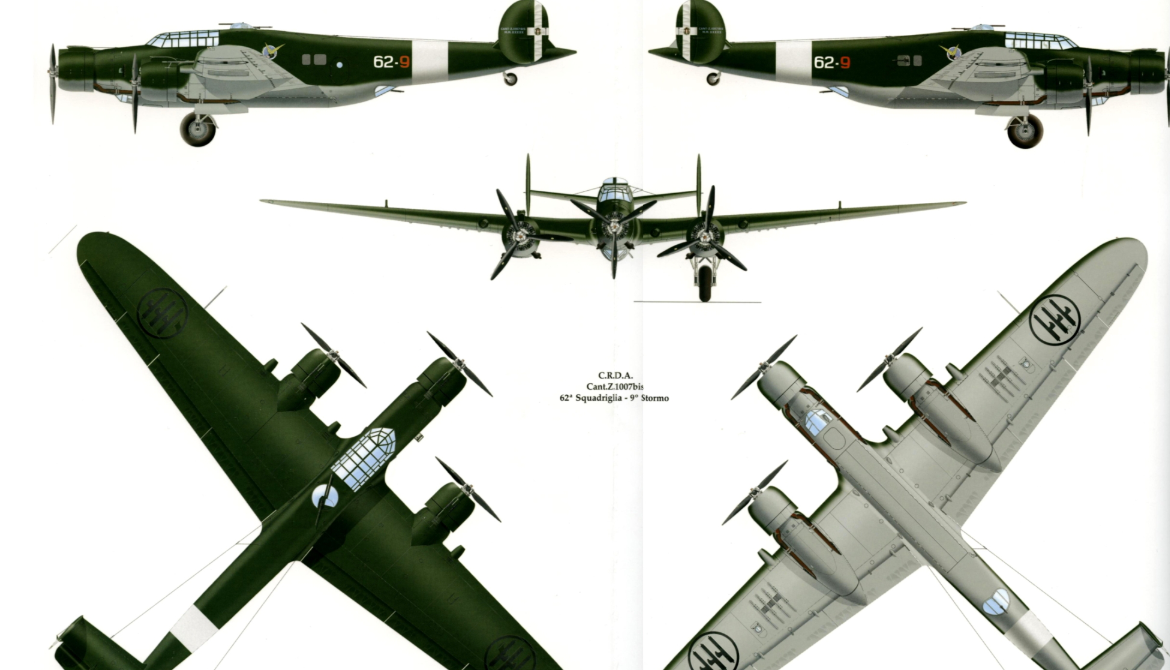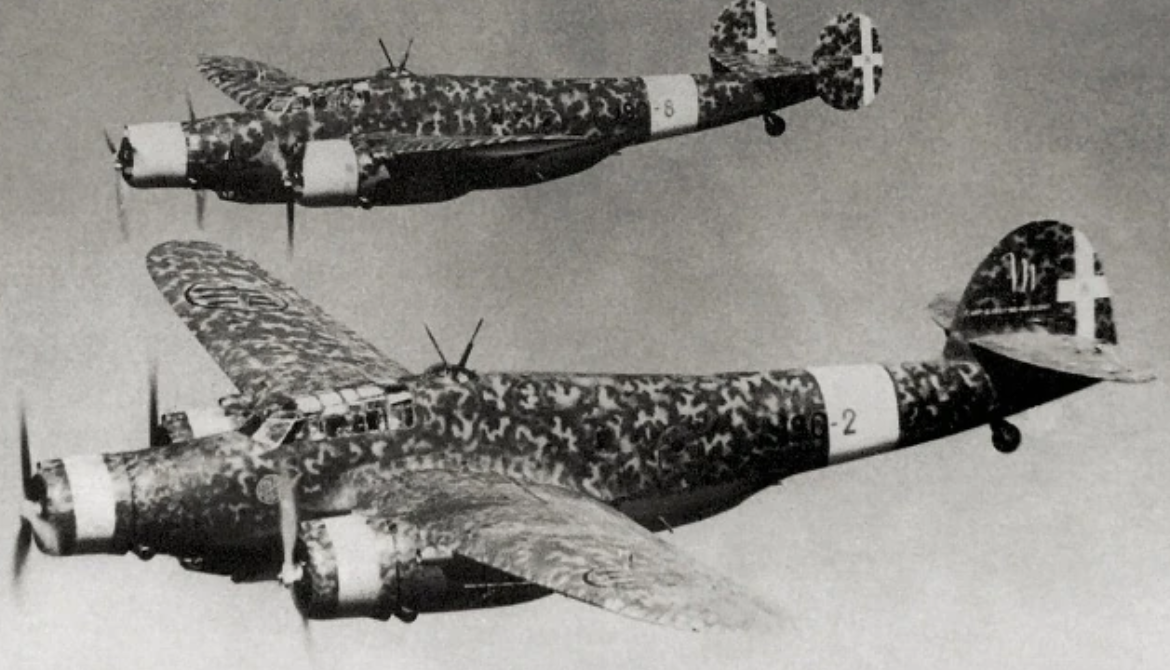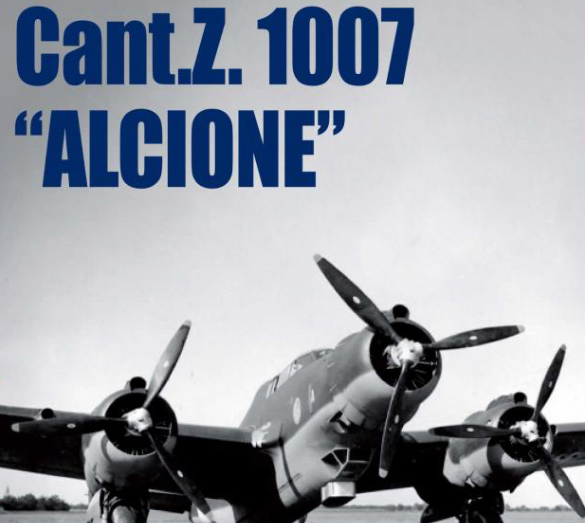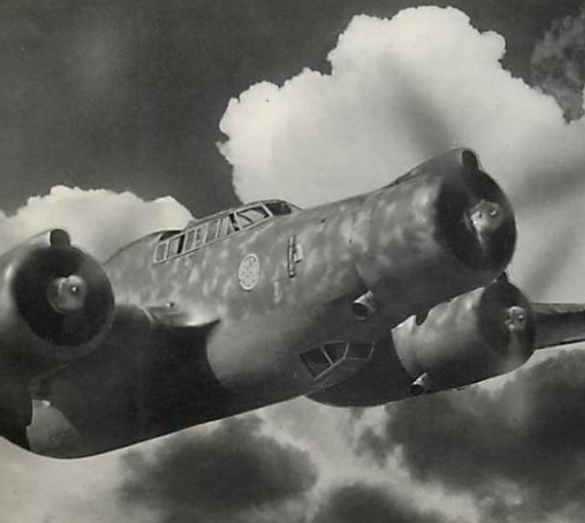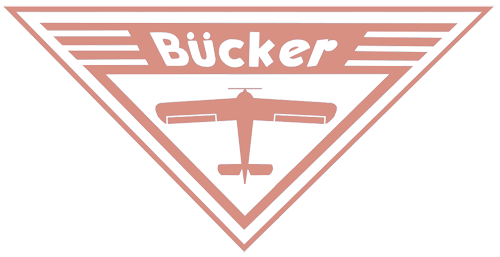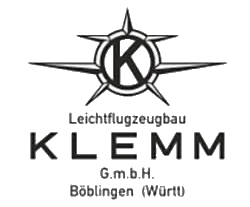CANT C.R.D.A. CANT)
CANT Z.1007 Alcione
 |
|
| General information | |
|---|---|
| Type | Medium bomber |
| Manufacturer | CANT |
| Designer | Filippo Zappata |
| Status | Retired |
| Primary users | Regia AeronauticaItalian Co-Belligerent Air Force Aeronautica Nazionale Repubblicana Luftwaffe |
| Number built | 660 |
| History | |
| Manufactured | 1938–1943 |
| Introduction date | May 1939 |
| First flight | March 1937 |
.
History Cantieri Aeronautici e Navali Triestini,
CANT Z.1007 Alcione
Introduction date May 1939
First flight March 1937

The CANT Z.1007 Alcione (Kingfisher) was a three-engined medium bomber designed and produced by the Italian aircraft manufacturer CANT. It was regarded by some as "the best Italian bomber of World War II", although its wooden structure was easily damaged by the climate in North Africa and in Russia. Designed by Filippo Zappata, who also designed the CANT Z.506 Airone, the Z.1007 featured a wooden structure and had "excellent flying characteristics and good stability". The prototype performed its maiden flight during March 1937, and the type entered service with the Regia Aeronautica in the following year. The initial production version, which was powered by Isotta-Fraschini Asso XI.RC inline engines, was not fully satisfactory, and thus was largely confined to use as a trainer while design work continued. An improved model, the Z.1007bis, was developed to resolve the problems with the original aircraft; it was powered by Piaggio P.XI RC.40 radial engines and featured numerous other design refinements.
During 1935, Filippo Zappata, the chief designer of the Cantieri Aeronautici e Navali Triestini (CANT), designed two medium bombers, the twin-engined CANT Z.1011 and the three-engined CANT Z.1007. Both aircraft were to be powered by 619 kW (830 hp) Isotta-Fraschini Asso XI.RC inline engines and were of wooden construction. The Z.1007 was preferred by both Zappata and the Italian Aviation Ministry, which led to an order for 18 aircraft being placed on 9 January 1936. A further order for 16 more aircraft followed on 23 February 1937.
Design
Configuration and problems

The Z.1007 had a standard monoplane configuration, with a mid-set wing, single tail, retractable undercarriage and a crew of five or six. It had a wooden structure and a clean shape that was much more aerodynamic than the competing SM.79. The Z.1007 had three engines, with one engine in the nose and two in the wings. The tri-motor design was a common feature of Italian aircraft of the Second World War. The aircraft had a slim fuselage as the two pilots sat in tandem rather than side-by-side as in most bombers of the period. Visibility was relatively good and the aircraft was almost a three-engine fighter.[] This slimness reduced drag but also somewhat worsened the task of the two pilots. Both pilots' seats were offset to port to allow a passageway for the bombardier to enter his compartment below the pilot's feet (directly behind the central engine), by ducking through an opening under the starboard instrument panel. The front and rear instrument panels contained flight and navigation instruments, while the engine monitoring gauges were located to starboard where the rear pilot could see them past the front pilot's shoulder. Although the rear pilot's view was limited, he was capable of landing or taking off if needed. His primary purpose was to allow the forward pilot to rest, and to add some "muscle" to the controls when needed, as well as acting as an extra set of eyes to notice problems and to monitor gauges while the other was occupied.
Operators
- Luftwaffe operated captured aircraft
- Free French Air Force operated captured aircraft
0
KmCeiling
0
KmCombat RANGE
0
Km.hAircraft Speed
0
Max Crew
Photo Gallery
Cantieri Aeronautici e Navali Triestini,
CANT Z.1007 Alcione
Introduction date May 1939, First flight March 1937

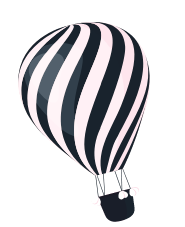
Cantieri Aeronautici e Navali Triestini,
CANT Z.1007 Alcione
Introduction date May 1939
First flight March 1937
General characteristics
-
-
- Crew: 5
- Length: 18.35 m (60 ft 2 in)
- Wingspan: 24.8 m (81 ft 4 in)
- Height: 5.22 m (17 ft 2 in)
- Wing area: 70 m2 (750 sq ft)
-
Powerplant
- Empty weight: 9,396 kg
- Max takeoff weight: 13,621 kg
- Powerplant: 3 × Piaggio P.XI R.C.40 14-cylinder air-cooled radial piston engine, 745 kW (999 hp) each
- Propellers: 3-bladed variable-pitch propellers
-
-
Performance
- Maximum speed: 458 km/h (285 mph, 247 kn)
- Cruise speed: 338 km/h (210 mph, 183 kn)
- Range: 1,795 km (1,115 mi, 969 nmi)
- Service ceiling: 7,500 m (24,600 ft)
Armament
-
-
Guns:
- 2 × 12.7 mm (0.5 in) Isotta-Fraschini Scotti or Breda-SAFAT machine guns
- 2 × 7.7 mm (0.303 in) Breda-SAFAT machine guns
-
Bombs:
- 1,200 kg (2,645 lb) of bombs internally. 1,000 kg (2,200 lb) externally on underwing hardpoints
-
-
-
Guns:
.
Links to Youtube & Others
Z.501s were used for search-and-rescue missions and anti-submarine patrols. The Z.501 was put into service with some modifications, including; turrets for the machine guns, and some reinforcement of the airframe that increased the weight by 500 kg (1,100 lb).
Cantieri Aeronautici,
CANT Z.1001 Alcione
Generally, the Z.501 had a mixed reputation. It was pleasant to fly, having low wing loading and good performance (when it was first introduced).
Youtube Link
The aircraft was used for reconnaissance thanks to its long endurance but it was vulnerable to enemy fighters or even bombers


